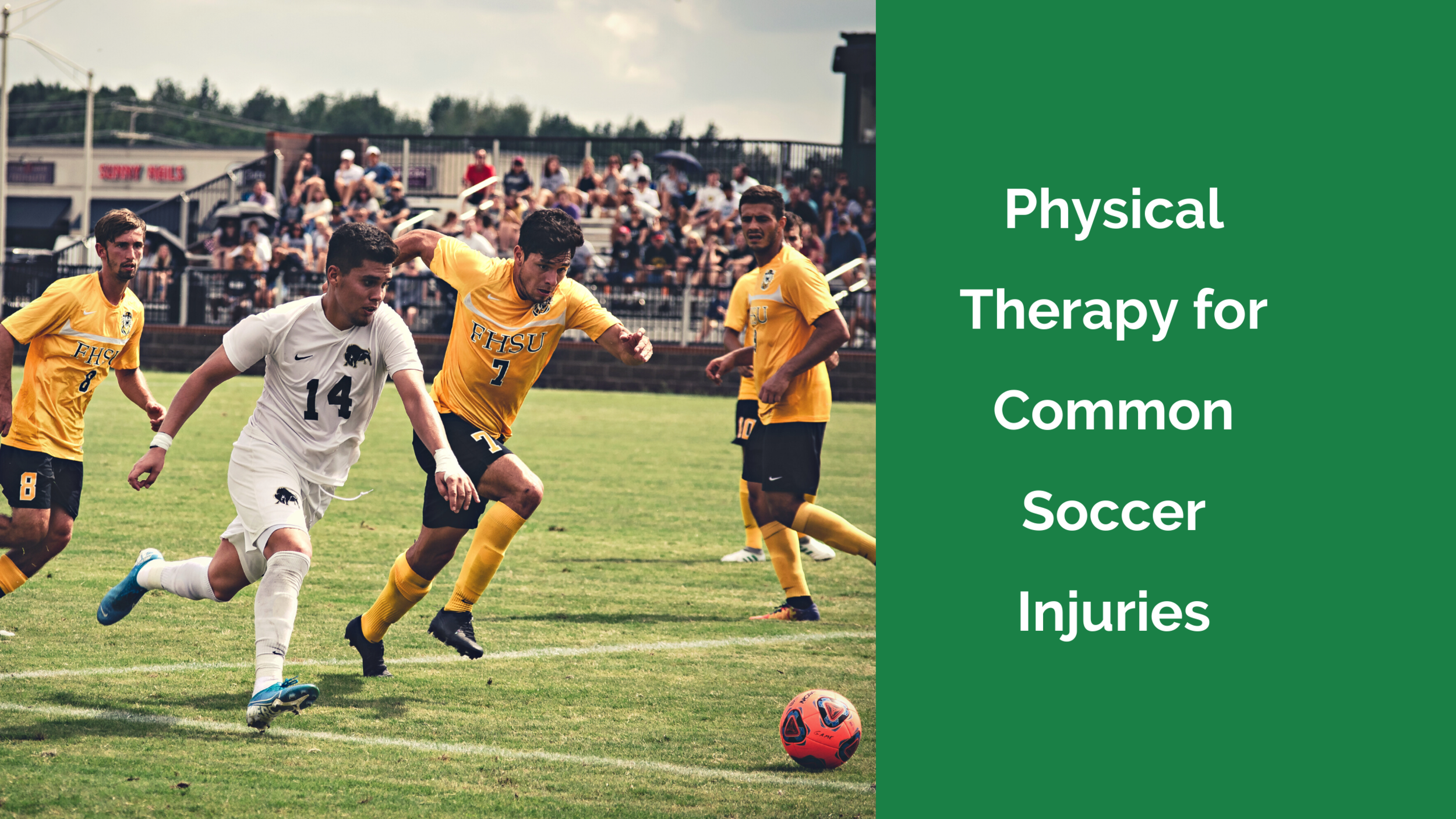Mangiarelli Rehabilitation Physical Therapy Blog
February 2024 Newsletter
Check out our February 2024 Newsletter, highlighting: the importance of balance training to prevent falls in older adults, addressing ski-related MCL injuries with physical therapy, hamstring injury treatment, and physical therapy for Lisfranc injury.
Addressing Hamstring Injuries with Physical Therapy
Hamstring injuries are common in activities that involve high-speed running, jumping, kicking, or explosive lower extremity movements combined with rapid changes in direction. A hamstring injury involves a strain or tear of one of the three hamstring muscles, causing pain, swelling, and difficulty walking and running. Physical therapy plays a critical role in helping athletes recover after a hamstring injury, return to sport safely, and regain function, mobility, and strength in the hamstring muscle complex through a targeted therapeutic exercise, functional training, and return to sport program.
Addressing Basketball Injuries with Physical Therapy
Basketball is a high-intensity sport, requiring running multi-directionally, shuffling the body laterally, jumping, and quick starts and stops. The intense physical demands of basketball heighten the risk of injury. Physical therapists work with basketball players to not only prepare them for a successful basketball season through a customized strength and conditioning program, but also address any in-season injuries and help athletes regain strength, mobility, balance, and function for a safe return to sport.
Physical Therapy for Lacrosse Injuries
Lacrosse is a high-energy, full-body sport that combines quick sprints, agility, and coordination of the upper and lower extremities. Lacrosse injuries are more common in the lower extremities, particularly ankle sprains, ACL tears, shin splints, or hamstring or quadriceps muscle strains. Physical therapy can help lacrosse players not only address and recover from injuries during the lacrosse season, but also help prevent injury through a customized strength and conditioning program.
Preventing Track and Field Injuries with Physical Therapy
Track and field involve a variety of events that involve running, throwing, and jumping, which can place unique stress on the athlete’s body and contribute to injury. Track injuries are most often chronic overuse injuries such as runner’s knee, shin splints, plantar fasciitis, and hamstring injuries. Physical therapists can help track and field athletes manage and recover from overuse injuries and prevent injury through therapeutic exercise, strength training, gait analysis, and manual therapy. Check out our 10 tips to prevent injury this track season!
Hamstring Strengthening Exercises
Hamstring injuries are one of the most common sports injuries, particularly in sports requiring high speed, agility, and explosive power. The hamstring muscles are critical for lower body movement, bending the knee to run and jump and controlling actions such as kicking. Preventing hamstring injury is essential and can be achieved through a targeted strengthening program. On the blog, Mangiarelli Rehabilitation physical therapist Mike demonstrates exercises you can do to strengthen your hamstring muscles.
Physical Therapy for Common Soccer Injuries
Soccer is an incredibly popular sport with over 13 million Americans playing soccer, three million of whom are youth soccer players. Due to the intensity of soccer’s kicking, sprinting, fast changes in direction, and contact and the increase in year-round competition, both traumatic and overuse injuries can occur. Most soccer injuries occur in the lower extremities, particularly to the ankle, knee, and hamstrings. Physical therapists can help soccer players recover from injury safely through a comprehensive rehabilitation program.
Physical Therapy for Common Football Injuries
Football is a high-contact sport with one of the highest sport injury rates. Common football injuries include concussions, ACL tears, ankle sprains, turf toe, shoulder dislocation, rotator cuff tears, and hamstring strains. Physical therapy provides effective treatment for football-related injuries, helping the athlete to safely recover and return to sport when fully healed. Physical therapists help athletes regain strength, function, and range of motion through a targeted therapeutic exercise and strengthening program while managing pain and minimizing the risk of future injury.
Preventing Cross Country Injuries
Check out our 8 tips to prevent cross-country injuries! Cross country is an outdoor endurance sport that involves running along a trail of natural terrain. The repetitive impact of running on irregular natural terrain can heighten the risk of injury in cross-country runners. Following a training regimen that incorporates cross-training and targeted strengthening plays a crucial role in preventing cross country injuries during the season. A physical therapist can not only effectively treat any injuries that occur, but also help cross country runners prepare for a successful season through a customized exercise program.
8 Cycling Injury Prevention Tips
Whether you are cycling outdoors in the warm spring weather, participating in a spin class, or competing at the professional level in cycling, it’s important to take steps to prevent injury. Cycling is an excellent low-impact activity that improves overall fitness, cardiovascular health, and core and leg strength without placing too much stress on your joints. However, cycling injuries can occur due to overuse, improper bike setup, and lack of a proper warm-up and cool down. Check out our 8 tips to prevent injury when cycling this spring!
Physical Therapy Treatment for Hamstring Strain Injuries
Hamstring strain injuries are common musculoskeletal injuries among athletes of all levels, resulting when one or more of the three hamstring muscles or tendons are strained or torn. The hamstring muscle group is critical for lower body movement and allows for straightening of the hip and bending of the knee. Physical therapy plays a critical role in properly rehabilitating hamstring strain injuries and preventing an acute hamstring strain injury from becoming chronic through a structured therapeutic exercise program.






















